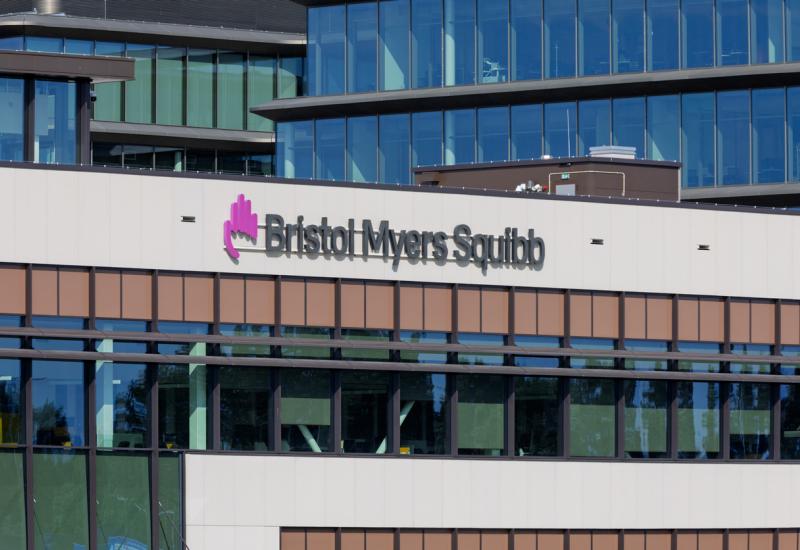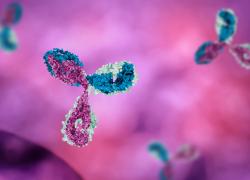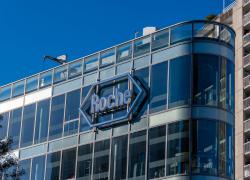
Like Crest, Potomac succeeds up to a point
Imfinzi hits on disease-free survival, but BCG won't be displaced.
Imfinzi hits on disease-free survival, but BCG won't be displaced.

AstraZeneca will be hoping to break into the fast-growing setting of non-muscle invasive bladder cancer after declaring a win for Imfinzi plus BCG on the Potomac trial's primary endpoint of disease-free survival on Friday.
What could raise eyebrows is that overall survival, a secondary endpoint for which Potomac wasn't statistically powered, has yielded "no detriment" in what the company curiously calls "a descriptive analysis". The hint is that OS might actually be numerically worse for Imfinzi than for control (BCG induction and maintenance), but that any difference isn't enough to suggest a detriment.
Importantly, however, death is relatively uncommon in this early disease setting, and in the analogous Crest trial of Pfizer's sasanlimab there was no OS benefit, and none is expected to be seen at final analysis.
The importance of the OS data will now be down to regulators as they deliberate the Imfinzi regimen's approvability. Potomac tested Imfinzi plus BCG first line, in contrast to Keytruda, Adstiladrin and Anktiva, which have all been approved for treating high-risk NMIBC patients who are unresponsive to BCG.
No displacing BCG, again
A further nuance in Potomac is that only Imfinzi plus BCG induction and maintenance beat control on DFS; Astra said a second active cohort, Imfinzi plus BCG induction alone, failed to beat BCG induction and maintenance.
This outcome again mirrors that of Pfizer's Crest, where sasanlimab combined with BCG induction as well as maintenance scored on event-free survival, but patients on sasanlimab plus BCG induction alone fared no better on EFS than those given BCG induction and maintenance.
This issue is important because BCG (Bacillus Calmette Guérin) is the mainstay of first-line NMIBC treatment, but is a live bacterium and comes with strict conditions of use, so any therapy that might replace even part of its course could deliver a real benefit. Crest and Potomac, however, both suggest that even though BCG can be beaten it still needs to be given as full induction and maintenance therapy.
A curious fact about Potomac is that the trial's enrolment target was last year increased from 975 to 1,018 patients, and readout delayed from the first to the second half of 2025. Its reading out in May is a nice surprise, but upsizing suggests that Astra suspected it of being underpowered, and without full DFS data it's impossible to gauge the clinical relevance of its statistical benefit.
What's the bar?
The Crest study provides a bar of sorts: data presented at the American Urological Association meeting last month showed an 82% 36-month EFS rate for sasanlimab plus BCG, versus 75% for BCG induction and maintenance alone, yielding a 32% decrease in risk of disease recurrence or death.
In running Potomac in BCG-naive NMIBC patients Astra has aimed at a niche, given the post-BCG labels of Keytruda and others. However, Pfizer clearly wants a piece of the first-line pie with sasanlimab, as does Johnson & Johnson with TAR-200's Sunrise-3 trial. UroGen is awaiting US approval for UGN-102 in BCG-naive NMIBC, but this concerns intermediate-risk disease, a distinct setting.
Just days ago the FDA convened a 21 May adcom over the UGN-102 filing, as well as knocking back ImmunityBio's attempt to file Anktiva for papillary-only NMIBC using uncontrolled data. If these are signs of the regulator getting tough in NMIBC then that puts an even bigger spotlight on the Potomac and Crest filings.
Selected trials in BCG-naive non-muscle invasive bladder cancer (NMIBC)
| Study | Company | Design | Note |
|---|---|---|---|
| Envision* | UroGen | UGN-102 | 21 May 2025 adcom; 13 Jun 2025 PDUFA date |
| Crest | Pfizer | Sasanlimab + BCG, vs BCG | Succeeded on EFS; no OS benefit |
| Potomac | AstraZeneca | Imfinzi + BCG, vs BCG | Succeeded on DFS; “descriptive OS analysis demonstrated no detriment” |
| Sunrise-3 | Johnson & Johnson | TAR-200 +/- cetrelimab, vs BCG | Fully enrolled; primary completion Sep 2029 |
Note: *low-grade intermediate-risk NMIBC; all others are in high-risk NMIBC. Source: OncologyPipeline.
1474













